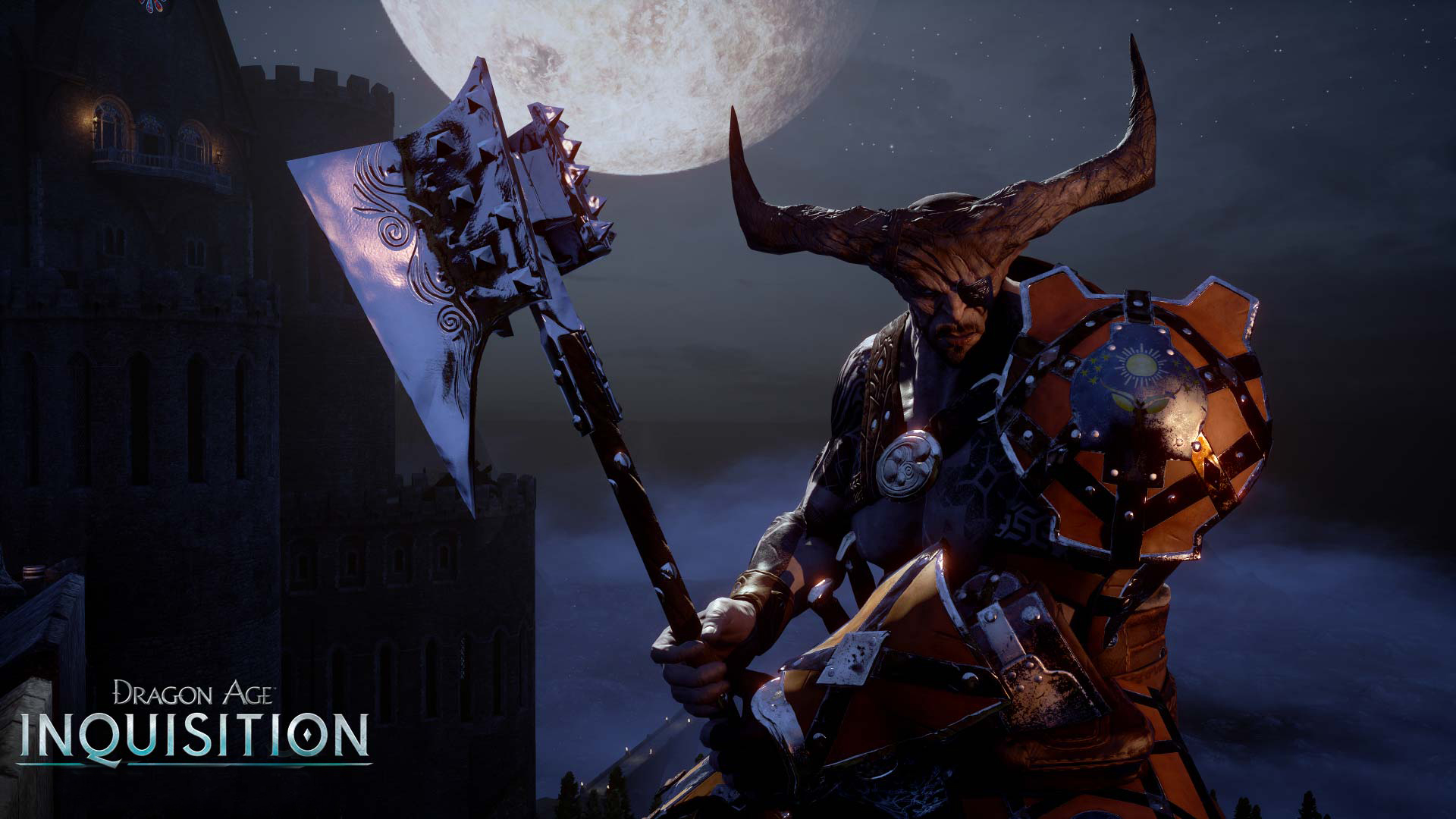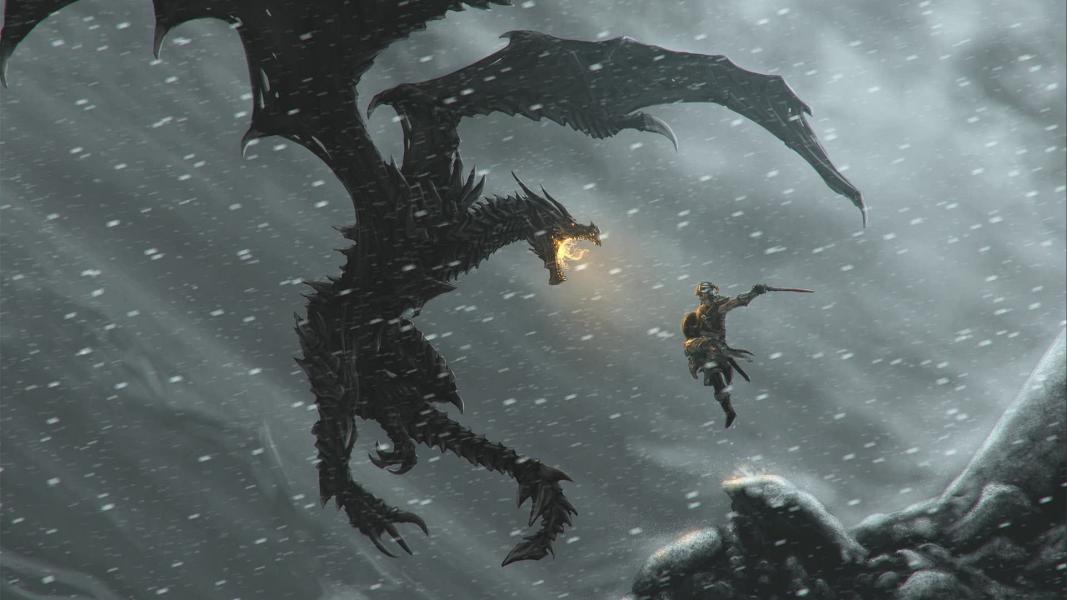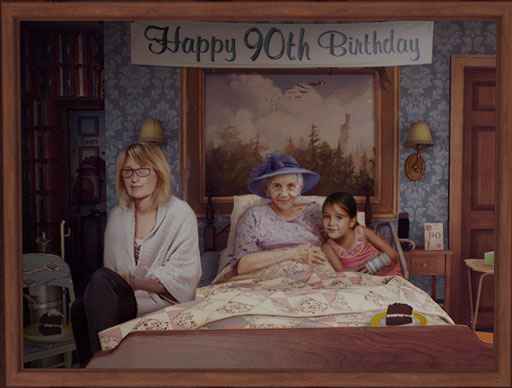
Wondering what it’s like to play as the White Wolf himself, Geralt of Rivia? Here’s a quick Witcher 3 gameplay review!
The Witcher 3: Wild Hunt is finally here, and we couldn’t be happier about it. Developer CD Projekt RED was really ambitious with this one, giving Geralt of Rivia a larger world to roam, meaty scenarios to participate in, and a streamlined combat system that’s as fun as it is complex.
Here we discuss the Witcher 3 gameplay to give you a good idea of what to expect from the third and final installment in the popular RPG franchise.
But first, some eye-popping introductory videos!
Did that whet your appetite for the Witcher 3 gameplay? Then read on!
Characters

Geralt of Rivia
You assume the role of Geralt of Rivia. As a Witcher, he’s a bounty hunter who slays monsters for coin. As such, Geralt can wield an assortment of weapons, and even use magic spells called “Signs.”
Geralt gains experience points through quest completion and monster hunting. After he has accumulated a certain amount of experience points, he levels up and receives an Ability point. This can be spent to gain a new ability or upgrade one he already possesses.
In his efforts to find his daughter, Ciri, Geralt also employs a detective mode. This highlights interesting objects in the environment, which Geralt may proceed to examine for clues.

Geralt's adopted daughter, Ciri
Weapons

Nice blade you got there
Geralt uses swords and axes, which come in two types – steel and silver.
Steel weapons are most effective against non-magical opponents, such as humans and ordinary creatures like bears and wolves. When you’re up against a magical being such as a wraith, however, it’s best to stick it in the gut with good ole silver.
But how do you figure out which monster is which type? Worry not! Non-magical foes display red vitality bars, whereas magical beasts have silver bars. This way, you’ll know when to use which type of weapon.
Geralt can use a one-handed crossbow. This projectile weapon does minor harm, but it’s useful if you want to bring an airborne creature down to the ground. Different bolts types, each with a unique attribute, can be used as ammo for the crossbow.
Rounding up Geralt’s arsenal are bombs. A bomb can be quickly hurled at a distant enemy with a button tap. Holding down the button allows you to aim. There’s a diversity of bomb types at Geralt’s disposal, from those that fry opponents to those that rob them of their sight.
Combat
Geralt can use either fast but weak attacks, or strong but slow attacks. A single attack will be composed of a combo of maneuvers. After the end of one such sequence, he can follow it up with another, creating an attack chain. Stringing together attacks in such a way requires precise timing, and there are many kinds of chain attacks for players to discover. You can even end the combo with a finishing move so brutal it’ll make you cringe and be glad you aren’t on the receiving end of Geralt’s blade.
When on the defensive, Geralt can parry blows, which can then be followed up with a riposte to the staggered enemy. Aching joints brought about by old age notwithstanding, Geralt is nimble and evades strikes by dodging and rolling.
A Combat Tree is available, allowing players to enhance Geralt’s fighting prowess. Combat has five branches, each with four tiers. Geralt has access to all first tier abilities, but he’ll have to spend points to avail of the other tiers.
The five branches include Fast Attack, Strong Attack, Defense, Markmanship, and Battle Trance. These govern everything from the speed and power of Geralt’s blows to the chance of landing a critical hit. The fifth branch, Battle Trance, concerns the generation of Adrenaline Points per successful strike. Adrenaline Points raise the damage Geralt deals to enemies.

A most disarming encounter!
Signs

Let's give them a great fireworks show
Spells, or Signs, can be used in and out of combat.
Like the Combat Tree, the Signs Tree consists of five branches with four tiers each. All first tier Signs are also immediately available to Geralt.
Aard is a blast of energy capable of staggering or knocking foes over, leaving them vulnerable to attack. It can bring flying enemies to the ground, and even has non-combat applications, such as when you want to break down doors. The different tiers improve everything from the reach of Aard to the number of enemies it affects.
Igni is a fire-based Sign that damages or rattles enemies. It can also be used to ignite torches or campfires. Its skill tiers weaken armor, and cause a flaming stream to hurt foes, among other things.
Quen produces a shield that protects Geralt and absorbs damage. Skill tiers include an exploding shield that pushes attackers back and a shield that reflects damage to the assailant.
Yrden creates magical traps that induce a variety of effects, from knocking combatants back to giving them status ailments.
Axii controls the enemy’s mind, confusing them or causing them to temporarily fight for the Witcher.
The armor you wear affects the potency of your Signs, with medium armor proving the best choice if you plan to use magic extensively in combat.

Preparing for magic
Alchemy

Mutations give witchers special powers. They also turn them ugly.
The Alchemy Tree lets players improve Geralt’s alchemical skills. It is categorized into five branches.
The Brewing branch deals with potions – items that Geralt can imbibe to acquire a variety of buffs, such as one that accelerates the regeneration of Stamina, and another that deals damage to certain creatures when they attack him. The problem with potions is that they’re poisonous – drink too much, and Geralt can become ill. And you don’t want a sickly witcher hunting monsters. Thankfully, skills exist to raise his tolerance to potion toxicity.
Oil Preparation concerns oils. When applied to weapons, specific oils can cause them to do additional damage to certain monsters.
Bomb Creation governs the special attributes of bombs. As mentioned earlier, these are projectile weapons that cause various effects, such as blocking the magical abilities of opponents, and blinding them.
Mutation deals with mutagens. These are highly poisonous substances extracted from monsters’ corpses that, when used by Geralt, gifts him new abilities. Certain skills improve Geralt’s tolerance to mutagens as well as prolong their effects.
Trial of the Grasses enhances Geralt’s resistance to extremely toxic potions.
General Skills
Finally we have the General Skill Tree. This enables Geralt to raise miscellaneous attributes such as his Vitality, Toxicity threshold, crossbow damage, and armor effectiveness.
Crafting, Upgrades, and Monster Trophies

In his spare time, Geralt likes collecting shiny things
The Witcher 3 gameplay allows for the crafting of weapons and armor. Crafting involves first obtaining diagrams and schematics of the item you wish to craft, then gathering the components necessary to make it.
Upgrades can be purchased or discovered in chests. Gear Upgrades allow you to modify armor and weapons for a variety of effects.
But let’s not forget your horse, Roach! With Horse Upgrades, you can enhance his abilities. For instance, there’s a Saddle Upgrade that grants him additional stamina, while another lets him carry more stuff without breaking his poor back.
Monster Trophies are awarded to you after defeating powerful creatures. Like the Horse Upgrade, you can equip a trophy on your horse, which grants passive abilities, such as additional experience points or gold dropped from every monster encounter.
Enemies and Bosses
To Witchers, monsters are creatures that cannot be reasoned with and that like their humans dipped in salsa. The Witcher 3 is chockfull of such creatures. They are divided into classes, each with its own unique set of behaviors, abilities, and weaknesses. Examples of such classes are:
Necrophages: undead creatures such as drowners and ghouls. Horrible stench, even more horrible bite.
Insectoids: enormous, ravenous insect-type monstrosities. They usually attack in groups, the cheap bastards.
Draconids: dragon-type beasts that include wyverns, basilisks, and cockatrices. Hideous things; the mightiest make Daenerys’s dragons look like pansies.
Vampires: powerful creatures that drain the blood of the living to survive. While some are hurt by sunlight, others are unimpeded by it. And no, they don’t sparkle.

Yep, I think it's dead

Tweedledum and Tweedledee
Bosses are the most powerful enemies in the game. They’re difficult to kill not only because of their highly damaging attacks and enormous health, but also because of the complex tactics they employ in combat. Boss battles often occur in several stages.
It helps to come prepared before you dive into such battles. Bring healing items. Brew potions and apply the right oils. Ready your Signs. Most importantly, ensure you’ve mastered the art of chaining attacks together, as well as dodging and parrying. Stocking up on crossbow bolts doesn’t hurt, too.
Players will have to use diverse strategies to survive such encounters. Pay attention to the boss’ attack patterns. Look for signs of weakness, and exploit every opportunity to dish out pain. The harder the boss, the more precision and patience are required. Just hang in there, and don’t give up!

After that eagle... lion... thing!
World
The Witcher 3 gameplay features a world in constant flux depending on your choices in the game. Its vast, open world is about 35 times the size of Witcher 2’s. Free of barriers and loading times, you can roam this world without interruption.
The game world is composed of regions dotted with communities, such as small villages and larger towns. Each region poses unique threats, as well as opportunities, to players. They’re also diverse in culture and appearance.

I hope that tower isn't haunted
The two largest areas where you’ll spend a majority of your time are Velen/Novigrad and the Skellige Isles. Other areas include White Orchard and the Vizima Palace.
Accessing the world map reveals a mind-boggling number of points of interests, including quests, secret treasures, vendors, bandit camps, monster nests, and Places of Power that award Geralt with Ability points. There are so many activities to plunge into that you’ll routinely find yourself straying from the main quest to do something for a villager or two in need of your assistance.

Moby Dick says hi

These villagers sure know how to have fun
Quests
Speaking of quests, there are two types offered by the Witcher 3 gameplay: the main story quest and the side quest.
There are over two dozen story quests, and they are as diverse as they come. Some have you hunting monsters. Others have you using Geralt’s detective skills to pursue leads to Ciri’s whereabouts. Some play out like interactive cut scenes, and a few will put you in control of Ciri herself; for example, in one such quest, Ciri challenges a baron to a horse race. There are assassination plots to worry about, alliances to make, and dangerous secrets to uncover.

The most important contract in his life

You feeling lucky, punk?
The side quests are even more numerous, and have you solving the problems of the various regions’ people.
A specific type of side quest is the Witcher Contract, which is basically a monster hunt. Some will be given to you by NPCs, while others you’ll find on notice boards near inns.

So many witcher contracts, so little time to do them all

The White Wolf versus the white wolves!
In many of these missions, you’ll be forced to make tough choices. Your decisions have consequences which may significantly alter the world; some effects you’ll observe almost immediately, others you’ll see only towards the end. The Witcher 3’s many endings are directly influenced by your choices.

Surveying the land

How will your choices affect these people?
NPCs and Romance

Friends and allies
The world is populated by people you can talk to. Some will have useful information to share; some will be less cooperative. Others – the vendors – exist to sell you items.
Those who serve as your quest givers will often have personal tales of tragedy to tell. It may be a battered woman, or someone who longs to be reunited with a loved one. How you go about solving their issues will affect them for better or worse.

Looks like Geralt doesn't appreciate the company

Yes, there are elves in The Witcher universe
Some NPCs will play a more prominent role in Geralt’s personal life. These include the women with whom he can pursue romantic relationships, such as Triss Merigold and Yennefer. Usually, quests have to be resolved and specific dialogue options picked to unlock the next stage in a relationship. Hey, nobody said love was easy.

Time to get warm...

The silver hair. Chicks dig the silver hair.
Gwent

Whaddaya say? Round 2,156?
What the heck is Gwent? Why, it’s a collectible card game within The Witcher 3. There are 150 cards in total, and you can duel anyone with a deck.
So what does this mini-game add to the Witcher 3 gameplay? Gwent, you see, is not only addictively fun; it can open up special quest lines, and even help you deal with some people. For example, beat a person at game of Gwent, and he may be more forthcoming with information.
Conclusion
And that about does it for our The Witcher 3 gameplay review. This game is massive, both in scale, and in the amount of things it gives you to do. It’ll likely take anyone around 100 hours to complete – twice that if you’re the kind of purist who must complete every quest, and find every secret and collectible. Few RPGs are this satisfying, and for that, we give The Witcher 3: Wild Hunt, based on its gameplay alone, a score just shy of true perfection.
Our rating – 9/10

























